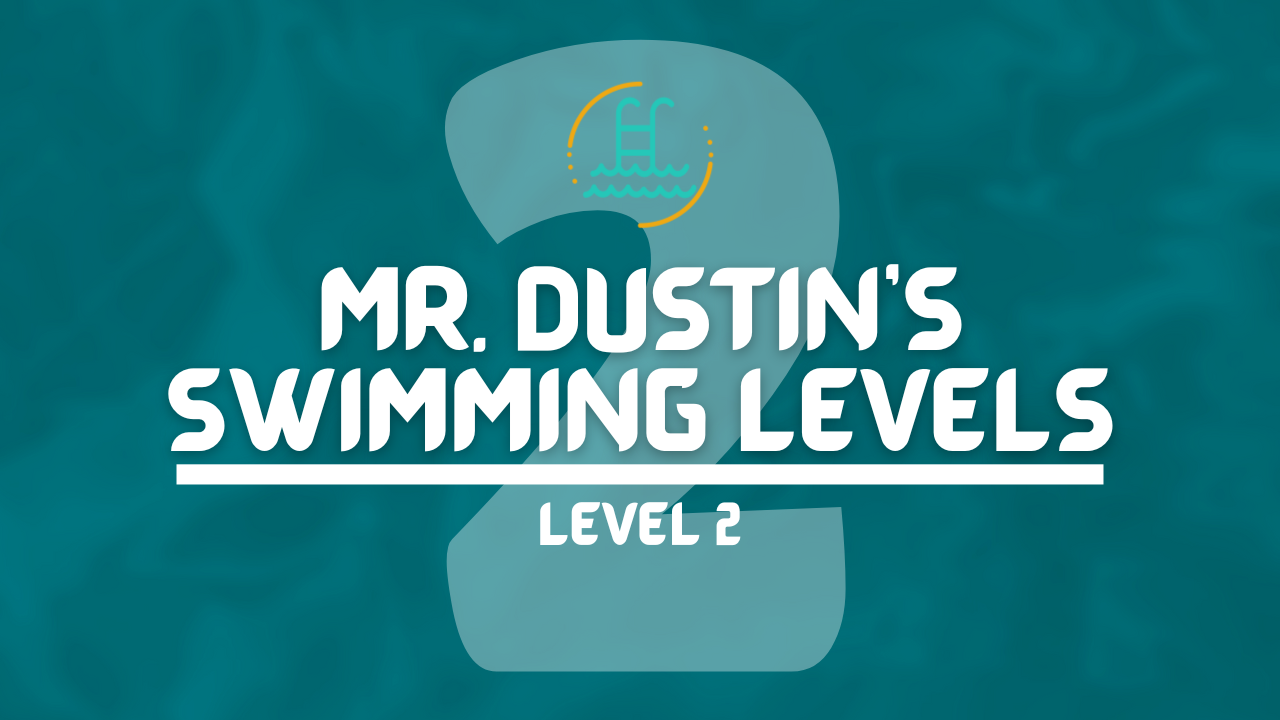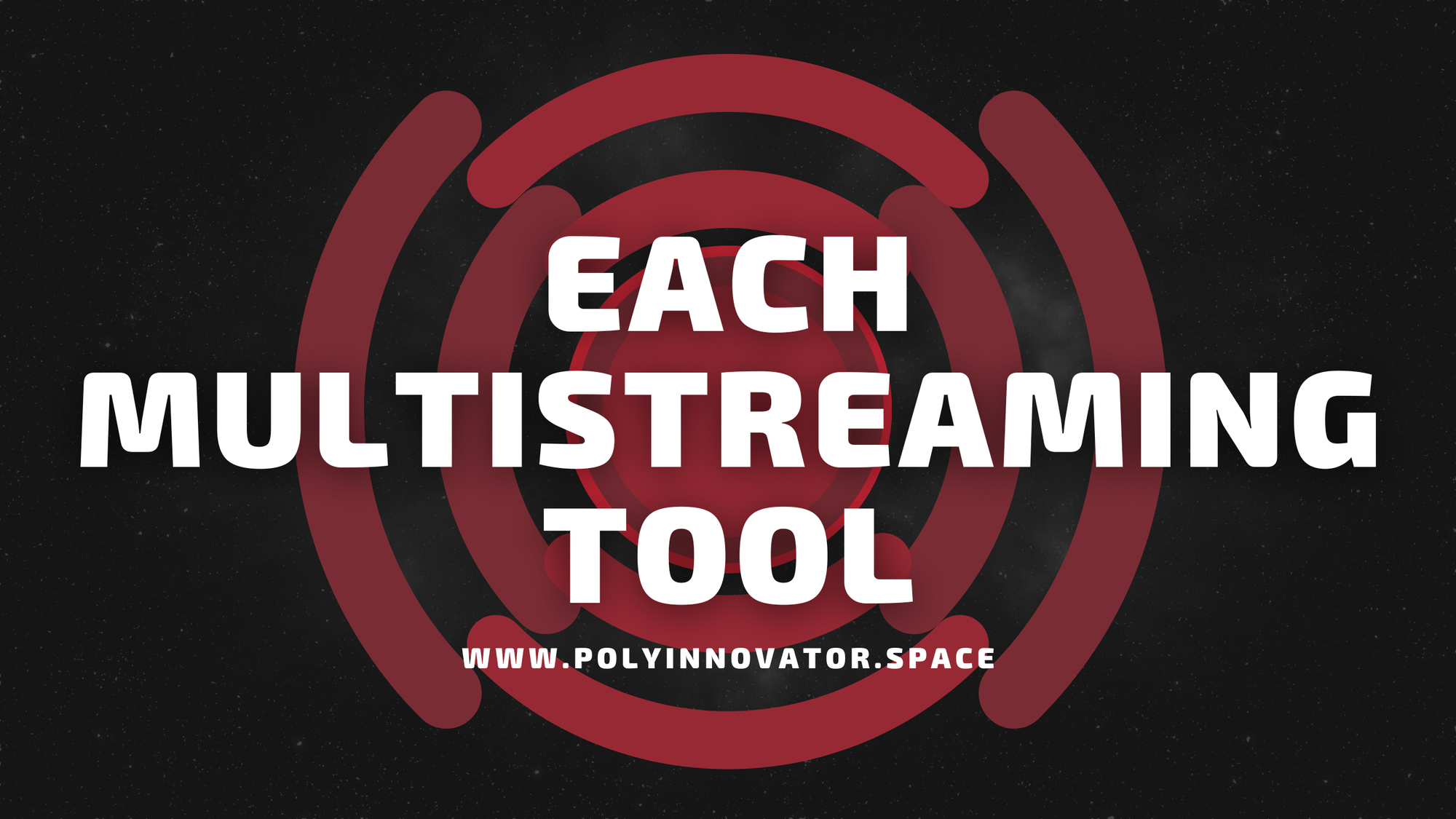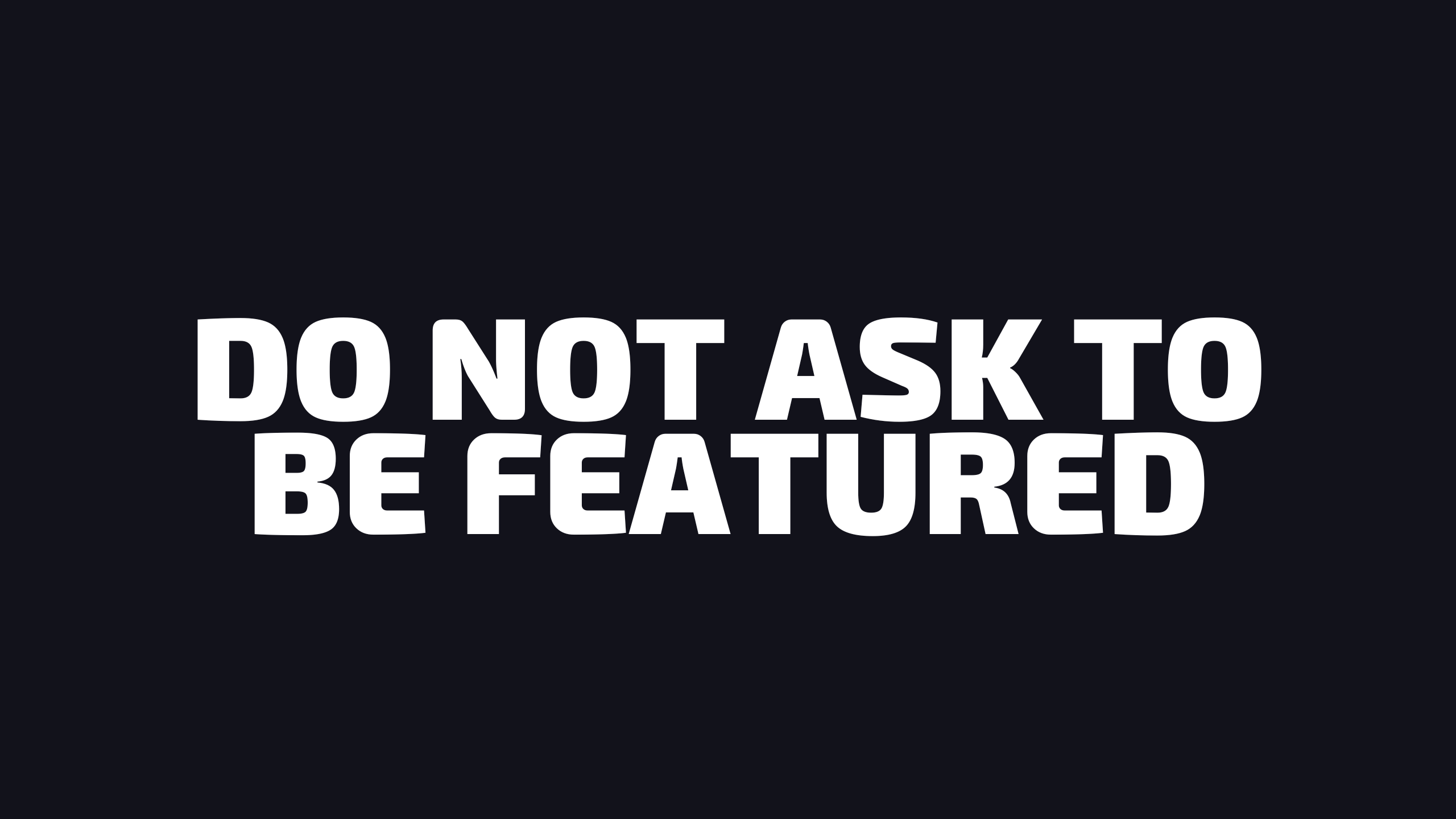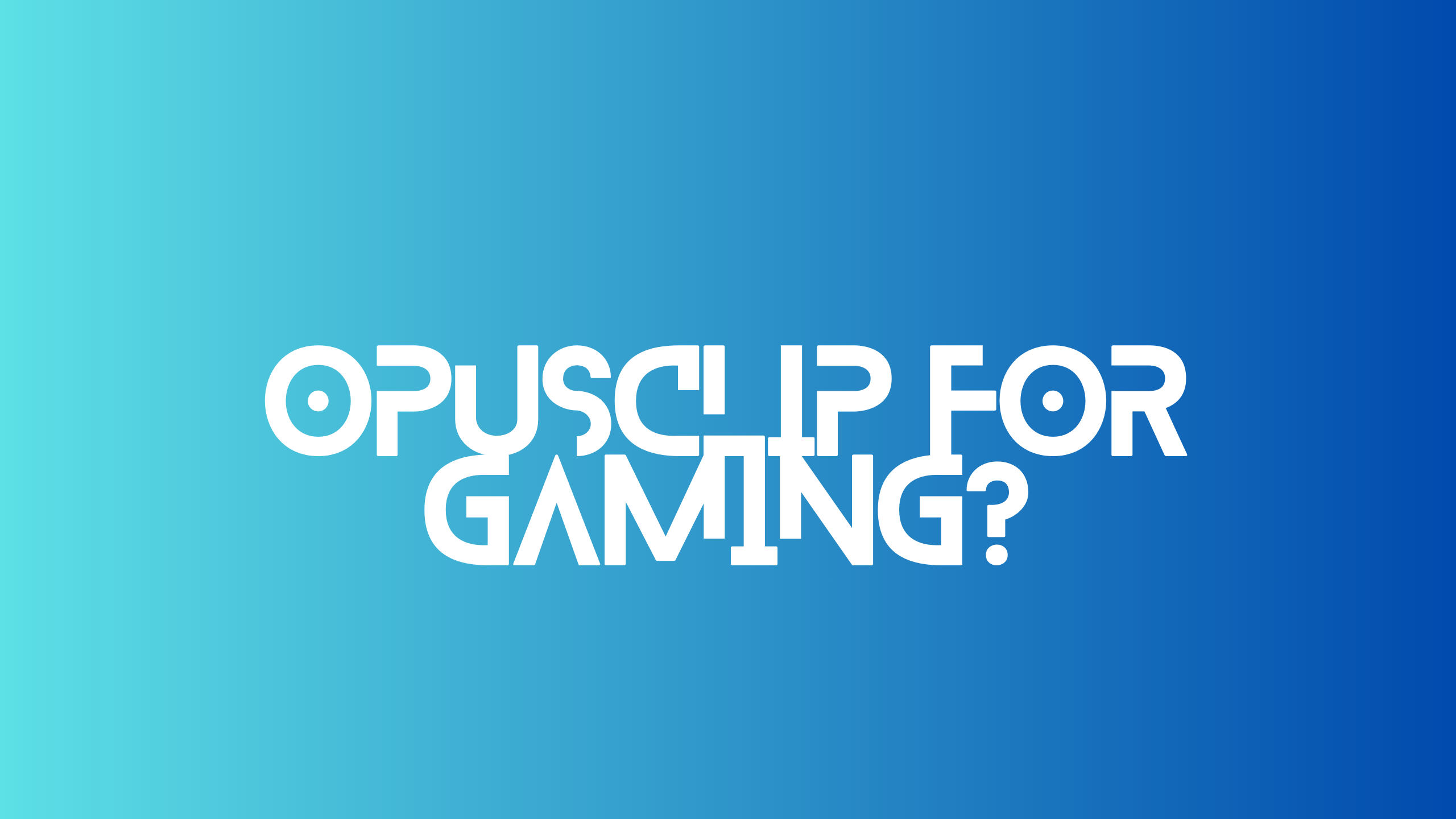This is part 2 of a collection of posts for each of my swimming levels for the Mr. Dustin's Swim Academy. If you feel like this level isn't for you. Then I encourage you to check out the other levels, or the complete list, via the swimming tag!
For a lot of adults who I've taught, they often skip to this level. As if you aren't fearful, then it simply comes down to receiving new information.
As for kids, it often comes down to reinforcing their confidence they built up in Level 1, and introducing the new concepts of swimming.
There are a lot of new things introduced in this level, so sometimes depending on how quickly the student learns. Then it come take more time to complete this level, but I always encourage students to stay at a level they need to be in anyways.
Self-Sustaining Swim
By this point the student will have been swimming on their own for a distance of 5 to 10 feet, or roughly 1-3 meters. At this time breathing is not a priority skill, as much as following the 3 steps: Kicking legs straight, face staying down for spine alignment, and arms out of the water/diving back in. These are the basics of the FrontCrawl stroke.
This ^ is more what they need to do in order to pass, and not what they need to do when they START the level. It should be more of a goal to be able to have your own ability to swim without any assistance. I.e. pool noodles, me the instructor holding you up, or even kickboards.
I've seen 3-4 year old's swim ten feet by themselves before, or even full laps, so it is completely possible.
Mastery over Buoyancy
Learning to sink with nose (no mouth bubbles), as well as holding the breath under water without plugging nose.
This is one where I get a lot of confused looks, and actually when I started teaching I had a hard time articulating why this was important. Not anymore now though at least! How you sink, directly is determined by how you control your breathing.
If you cannot relinquish your air, then you trap that air inside you. It isn't hoarding the good stuff, it is causing your own downfall instead.
Firstly, being able to sink is a useful skill, as you may need to go to the bottom to pick up a dropped phone or to save someone, etc.
Secondly, sinking is literally just the removal of air from your body, simple as that. When you let the air stay in, the "good air" - Oxygen, then is trapped, and over time (as well as when you do more swimming); It then becomes "bad air" - carbon dioxide, and it makes you panic.
That is the #1 cause is for people to panic when underwater. Having TOO MUCH air, or in particular: CO2.
Introduction to glides, breaststroke (frog style kicks not required), and back float.
I always say this:
How you START, greatly determines how you SWIM!
Thus how you start to swim, will be one of the main factors to how well you swim during that session. If you push off the wall or floor poorly, then you will not have enough momentum to carry you. Thus making you either kick and swim harder, wasting more energy, or you simply fail and have to start over.
Gliding is the process of sinking down, turning towards where you want to go, and then pushing off like a rocket. Yes, you DO need to sink, as if you keep too much air in you, then it makes you float up too soon. As well as, it also makes you want to take a breath sooner.
I do not think you'll be even GOOD at glides at this level, 99% of people are not for that matter, but I think you should have a good idea to how to do them before moving on to the next level.
You'll also be introduced to the Breaststroke, as the sooner you can learn another form of swimming, then better your chances are for adaptation. Some people prefer certain strokes over another, and Breaststroke is key for underwater swimming too.
At this level I almost never teach the froggy style kicks, which are the most common way of kicking for this stroke. However it usually introduces too much complication to an already difficult thing to learn. You just spent many lessons, or a ton perhaps, learning how to do Frontcrawl. Adding a new type of arms, AND a new type of legs just overcomplicates things.
I tend to let the student focus on the arms, while doing the same type of scissor kick that the Frontcrawl stroke does.
Ideally you would learn how to float during this time, or sooner, as sometimes floating helps with Level 1 students get comfortable in the water too (so students learn it sooner).
This is where you put in the Reps!
There is a lot of information here, and if you're overwhelmed just reading this, then imagine how it feels when you are DOING it too.
Although the information is spread out across multiple lessons, and sometimes even a couple full sessions as well.
Practicing the FrontCrawl 3 steps is the upmost importance for your progression, then doing the glide (which goes hand in hand with practice too). Then adding in the sinking and floating. Eventually getting to breaststroke, and then trying to do them all together to keep your brain fresh.
Its not as complicated as it all sounds, as they compound and snowball in the lessons!
![Official Website for Dustin Miller PolyInnovator [LLC]](https://polyinnovator.space/content/images/2025/03/polyinnovator-logo-2024.png)











